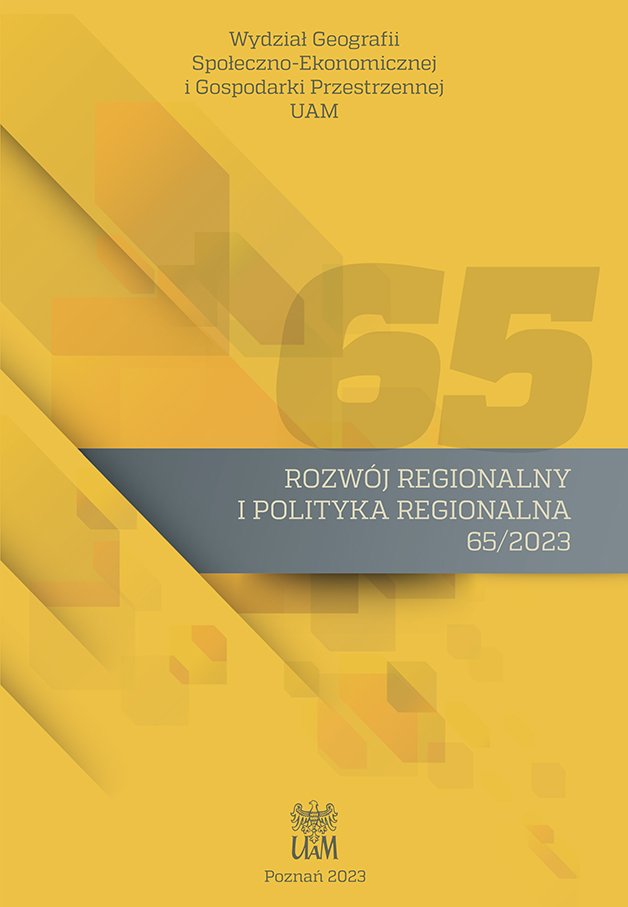Kobiety w drodze do Sejmu w latach 2007–
2019: analiza z perspektywy geograficzno-
elektoralnej
Women on the road to the Sejm (Polish parliament) in 2007–2019:
A geographical and electoral perspective
Author(s): Katarzyna Kulczyńska, Roman MatykowskiSubject(s): Gender Studies, Political behavior, Methodology and research technology
Published by: Uniwersytet Adama Mickiewicza
Keywords: electoral efficacy of female MP candidates; elections to Sejm; Poland;
Summary/Abstract: The exclusion of women from civil and political rights in the first half of the 20th centu-ry, albeit partial, also concerned countries with developed democracies, such as France, the UnitedStates, Belgium and Switzerland. Right after the revival of its statehood in 1918, Poland – just as someother newly developed countries in Europe – granted women universal suffrage. The study aims toshow the political activity of women in terms of their participation in the Sejm (Polish parliament)elections between 2007 and 2019, which is nearly a century after establishing their civil rights. Fromthe geographical and electoral point of view, it is important to characterise a spatial variability ofselected aspects of women’s electoral activity (four indicators) and determine mechanisms affectingchanges in this field.Given the most popular indicator for women’s electoral activity, i.e., the percentage of seats theywon in the Sejm, one may recognise that the political participation of women in this area in the years2007–2019 was progressive. However, when analysing other indicators presented in this work, itmay be stated that changes in women’s electoral activity are more complex. After introducing thequota rule, it became obvious that the number of female candidates on electoral lists increased from23.0% in 2007 to as much as 43.6% in 2011, but it dropped, admittedly slightly, in the subsequentelections. On the other hand, the proportion of the votes gained by women peaked in 2015, reaching32.4%, and in the next elections in 2019, it decreased a little to 31.6%. The electoral possibilities ofwomen are also evidenced by an indicator of their relative efficacy. Countrywide, this indicator didnot exceed the value of one in any of the analysed elections, which means that men are more effectivein obtaining votes.In terms of spatial variability, women’s electoral activity in the discussed range of topics does notexhibit durability by constituencies. Only a few of the voting districts have lasting above-averageelectoral properties (although these also fluctuated up and down sometimes) at national level. Thus,it seems that spatial variability was formed by short-term electoral strategies of political parties (themovement of candidates from one constituency to another, ignoring the territorial origins of the can-didates, promotion of more popular parliament members to the European Parliament) rather than bysocio-cultural and economic factors typical of those constituencies.
Journal: Rozwój Regionalny i Polityka Regionalna
- Issue Year: 2023
- Issue No: 65
- Page Range: 109-129
- Page Count: 21
- Language: Polish

